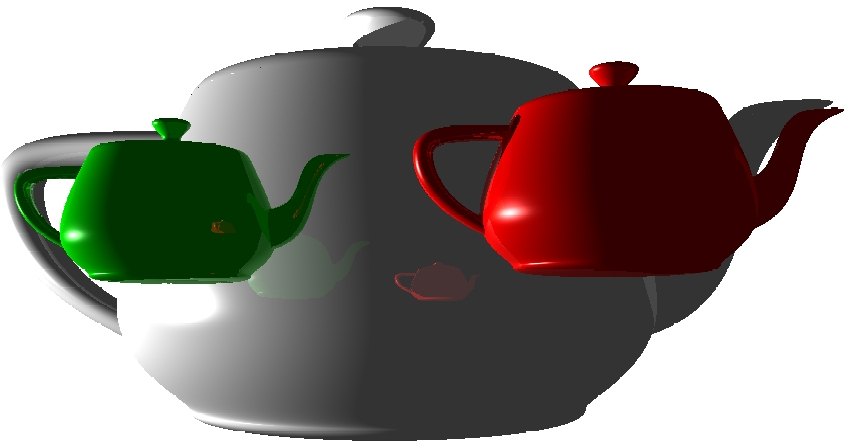Time Frequency Analysis for Motion Magnification and Detection
Sushma M. (homepage)
Motion can be defined as change in position of an object of interest with respect to time. This thesis explores the methods of analyzing motion using time frequency analysis. In this thesis, we address two problems: (i) Small Motion Magnification in Videos and (ii) Motion Detection in Perfusion Weighted Imaging (PWI).
Human eye and its brain interface can visualize or detect the motion within a certain range of spatial and temporal frequencies. But in most of the cases, it might be possible that frequencies which are below this range also can have useful information. We can simplify this by saying that there can be small motions which are not visible to the naked eye. Even though these small motions are difficult to detect, they may contain useful information. In first part of thesis, we present a semi-automated method to magnify small motions in videos. This method amplifies invisible or hidden motions in videos. To achieve motion magnification, we process the spatial and temporal information obtained from the video itself. Advantage of this work is that it is application independent. Proposed technique estimates required parameters to get desirable results. We demonstrate performance on a few videos. Motion magnification performance is equivalent to existing manual methods.
In second part of thesis, we present a novel automated method to detect motion in perfusion weighted images (PWI), which is a type of magnetic resonance imaging (MRI). In PWI, blood perfusion is measured by injecting an exogenous tracer called bolus into the blood flow of a patient and then tracking it in the brain. PWI requires a long data acquisition time to form a time series of volumes. Hence, motion occurs due to patient's unavoidable movements during a scan, which in turn results into motion corrupted data. There is a necessity of detection of these motion artifacts on captured data for correct disease diagnosis. In PWI, intensity profile gets disturbed due to occurrence of motion and/or bolus passage through the blood vessels. In this work, we propose an efficient time-frequency analysis based motion detection method. We show that proposed method is computationally inexpensive and fast. This method is evaluated on a DSC-MRI sequence with simulated motion of different degrees. We show that our approach detects motion in a few seconds.
| Year of completion: | May 2015 |
| Advisor : |
Prof. Jayanthi Sivaswamy & Dr. Anubha Gupta |
Related Publications
Sushma M., Anubha Gupta and Jayanthi Sivaswamy - Time-Frequency Analysis based Motion Detection in Perfusion Weighted MRI Proceedings of the IEEE National Conference on Computer Vision, Pattern Recognition, Image Processing and Graphics, 18-21 Dec. 2013, Jodhpur, India. [PDF]
Sushma M., Anubha Gupta and Jayanthi Sivaswamy - Semi-Automated Magnification of Small Motions in Videos Proceedings of 5th International Conference on Pattern Recognition and Machines Intelligence, 10-14 Dec. 2013, Kolkata, India. [PDF]

